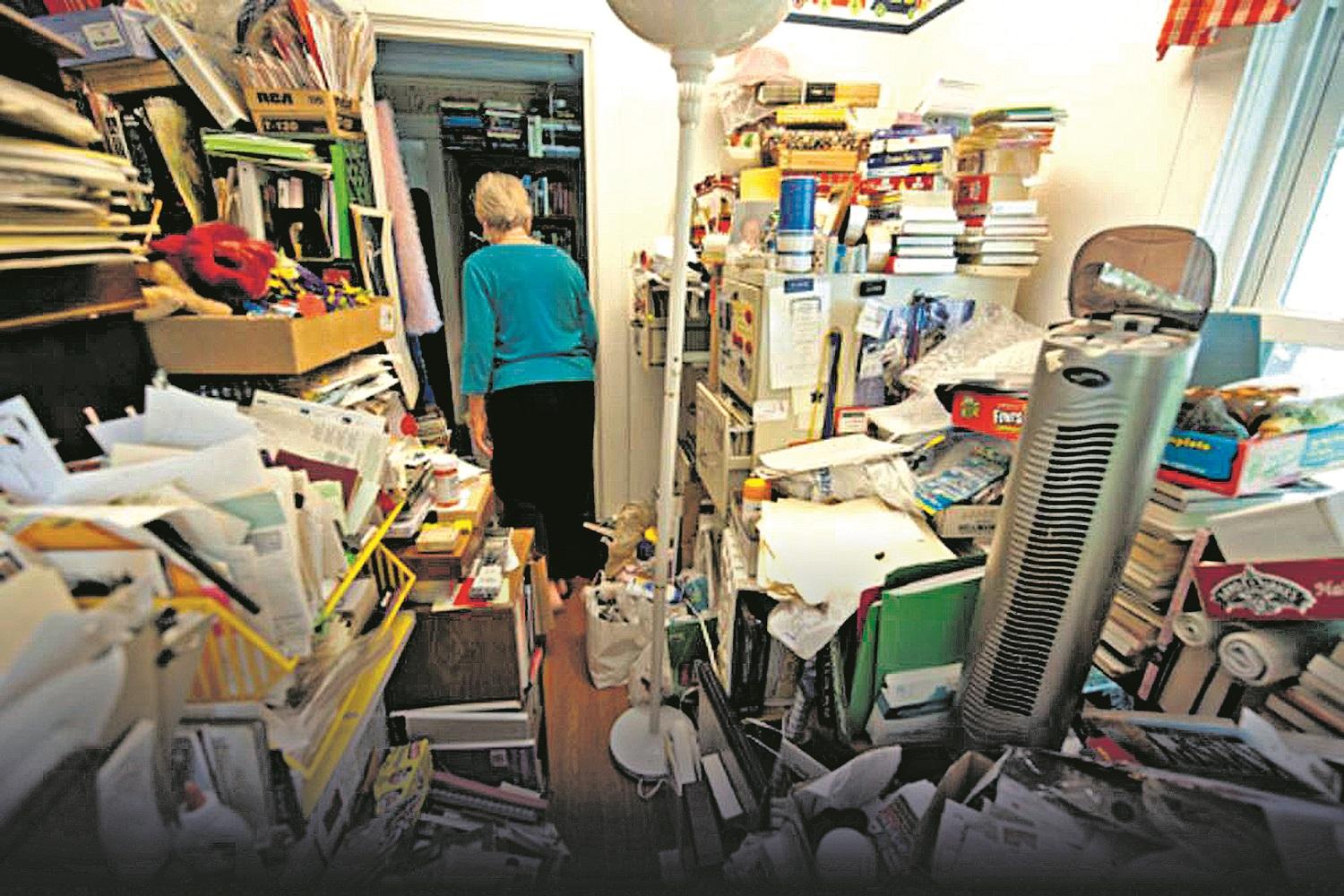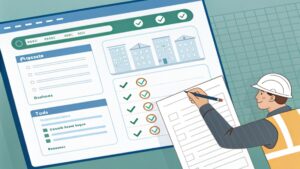Dealing With Hoarding: Where To Get Help?
Hoarding affects millions of people across the country, creating both physical and emotional challenges that can seem overwhelming. If you or someone you love is struggling with hoarding behaviors, know that hoarding cleanup services are available along with emotional assitance and professional guidance. From understanding what hoarding really means to finding professional support, this guide walks you through practical steps to address hoarding and regain control of your living space and well-being.
Living with a hoarding disorder can feel isolating, but recovery is possible. Many people have successfully overcome hoarding with the right support, resources, and approach.
What is Hoarding?
Hoarding is more than just having a lot of possessions. It’s a persistent difficulty with parting with belongings, regardless of their actual value. People who hoard experience distress at the thought of discarding items and feel a strong need to save them. Over time, the accumulation creates living spaces so cluttered that rooms cannot be used for their intended purpose.
Key signs of hoarding include:
- Inability to throw away possessions
- Severe anxiety when attempting to discard items
- Difficulty organizing possessions
- Feeling overwhelmed or embarrassed by possessions
- Limited or no social interactions
Hoarding is recognized as a mental health condition that affects approximately 2-6% of the population. It’s often linked to other conditions like depression, anxiety, or obsessive-compulsive disorder (OCD). Understanding that hoarding is a complex issue and not just “being messy” is the first step toward compassionate intervention.
5 Steps To Deal with Hoarding
Here are the initial steps to take when addressing hoarding behaviors.
- Recognize the Problem
Acknowledging hoarding behaviors, either in yourself or a loved one, is a crucial first step. Hoarding often develops gradually, making it hard to recognize until the situation becomes severe. Signs that hoarding needs attention include:
- Living spaces that can’t be used normally
- Narrow pathways through stacks of items
- Difficulty finding important items
- Safety hazards like fire risks or falling items
- Health issues from dust, mold, or pest infestations
If you’re helping someone else, approach the conversation with empathy. Avoid judgmental language like “junk” or “garbage” when referring to their possessions. Starting with phrases like “I’m concerned about your safety” rather than “This place is a mess” can open the door to more productive conversations.
- Seek Professional Assessment
Hoarding disorder requires proper assessment by mental health professionals. A qualified therapist, psychologist, or psychiatrist can provide:
- Accurate diagnosis
- Assessment of severity
- Identification of related conditions
- Customized treatment recommendations
Many people who hoard benefit from cognitive-behavioral therapy (CBT) specifically adapted for hoarding disorder. This approach helps address the thoughts and feelings that drive hoarding behaviors.
Plus, don’t worry about judgment since mental health professionals who offer hoarding help and specialize in hoarding understand it’s a medical condition, not a character flaw or choice. They’ve seen many similar situations and are there to help, not criticize.
- Build a Support Team
Recovery from hoarding works best with a network of support. Consider including:
- Mental health professionals
- Family members and friends
- Support groups (in-person or online)
- Professional organizers trained in hoarding
- Cleaning services that specialize in hoarding situations
Each person brings different expertise and support to the process. Professional organizers with hoarding specialization, for example, understand the emotional challenges and can work at an appropriate pace.
Support groups are particularly valuable because they reduce feelings of shame and isolation. Hearing others’ stories can provide hope and practical strategies. The International OCD Foundation maintains a directory of support groups specifically for hoarding disorder.
- Create a Sorting System
When ready to address the physical clutter, a systematic approach works best:
- Start small with a 15-20 minute session in one area
- Use three basic categories: keep, donate/sell, discard
- Take breaks when feeling overwhelmed
- Celebrate small victories
- Focus on safety issues first (blocked exits, fire hazards)
For many people with hoarding tendencies, the decision-making process is the most difficult part. Having a supportive person present can make this easier. This support person can ask helpful questions like “When was the last time you used this?” or “Do you have others that serve the same purpose?” without making the final decision for you.
Try using the OHIO principle: Only Handle It Once. When you pick up an item, decide between putting it down again. If this feels too difficult, set a timer for how long you can consider each item, perhaps 1-2 minutes maximum.
- Maintain Progress
Preventing relapse requires ongoing strategies:
- Continue therapeutic support
- Practice decision-making skills with new items
- Implement a “one-in, one-out” rule for new purchases
- Schedule regular clean-outs
- Join a support group for long-term encouragement
Recovery is typically gradual, with ups and downs along the way. Patience and persistence are key to lasting change. If you experience setbacks, remind yourself that they’re part of the process, not a sign of failure. Each time you practice making decisions about your possessions, you’re strengthening those mental muscles.
Where to Get Help?
Finding the right resources makes a significant difference in addressing hoarding effectively. LifeCycle Transitions specializes in supporting individuals and families dealing with hoarding situations. Their compassionate team understands the emotional complexities involved and provides personalized support throughout the clearing and organizing process. With years of experience helping people regain control of their living spaces, LifeCycle Transitions offers practical solutions while respecting the dignity of each client.
Other helpful resources for hoarding help include:
- Mental Health Services: Contact your doctor for referrals to therapists who specialize in hoarding disorder.
- Community Resources: Many cities have hoarding task forces that coordinate services for residents.
- National Organizations: Groups like the International OCD Foundation provide educational resources and support group information.
- Insurance Coverage: Check if your health insurance covers mental health services related to hoarding disorder.
- Senior Services: If the person who hoards is elderly, contact local senior services for additional support options.
Professional hoarding cleanup services can be invaluable when the scope of the cleanup feels overwhelming. These specialized services understand the emotional and physical challenges of hoarding situations and work at an appropriate pace with proper sensitivity.
Final Call
Overcoming hoarding is challenging but absolutely possible with the right approach and support. By understanding hoarding as a complex condition rather than a personal failing, you open the door to compassionate, effective solutions. The journey toward a clear, functional living space is about healing the relationship with possessions and creating room for a fuller life.
Read this: Top Benefits Of Choosing Professional Home Care Services
FAQs
Is hoarding the same as collecting?
No. Collecting involves deliberately acquiring specific items that bring joy and are typically displayed proudly. Hoarding involves difficulty discarding a wide variety of items regardless of value, with resulting clutter that disrupts living spaces.
Can hoarding be cured?
While there’s no quick “cure,” hoarding behaviors can be successfully managed through therapy, medication when appropriate, and ongoing support. Many people make significant improvements with proper treatment.
What if the person who hoards refuses help?
This is common and challenging. Focus first on safety concerns, build trust, and offer compassionate support without judgment. Professional intervention may be necessary in severe cases that pose health or safety risks.
How long does it take to clear a hoarding situation?
The timeline varies greatly depending on severity, size of the space, available help, and the person’s readiness for change. Most significant hoarding situations require months of work rather than days or weeks. The emotional process often takes longer than the physical cleanup.













